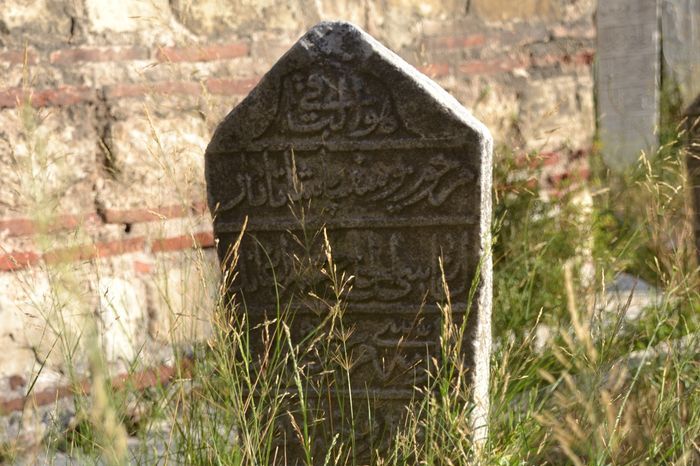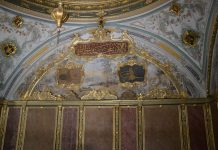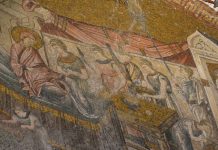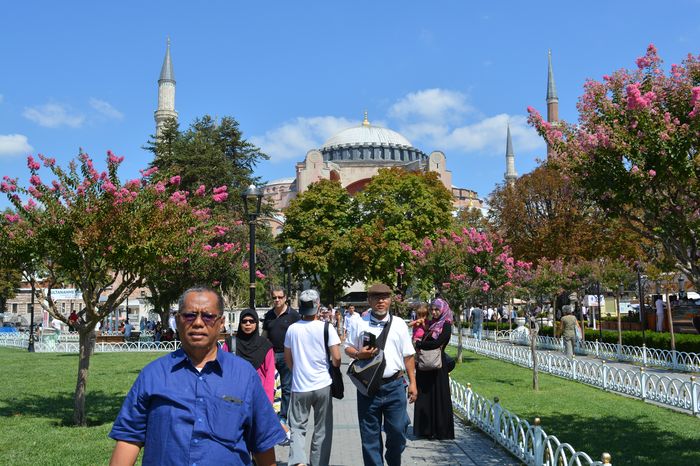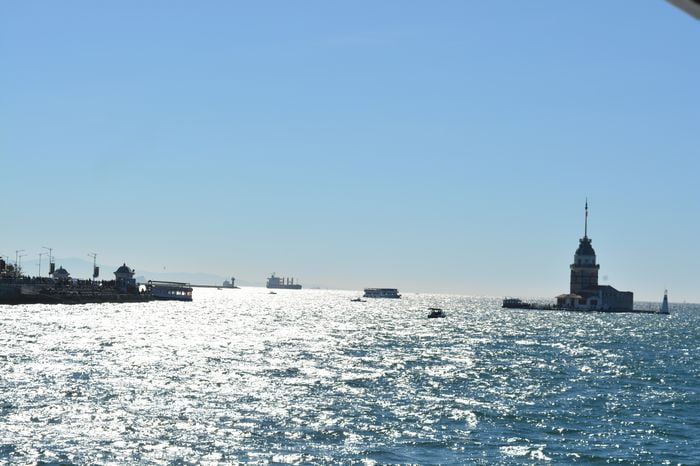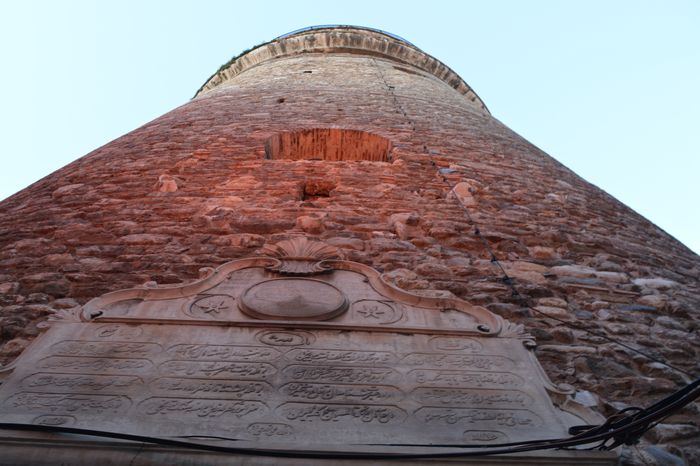Around 469, we glimpse Odoacer again, this time just south of the Danube in modern Austria, the province then called Noricum. He has abandoned his Saxons and leads a small group off to seek their fortune. Short of stature and modestly dressed, he is still unquestionably the head.
Sulpicius Severus
We have to be careful about this story, because it was written two generations after the fact, in a comfortable monastery at Naples in 511, at the height of the safety and complacency of Theoderic’s rule. The author was one of the most learned Christian scholars in Theoderic’s Italy, Eugippius, who compiled rules for managing monasteries, copied and corrected Augustine’s major works, and produced an anthology of Augustine’s writing that fills 1,000 pages in modern printings. This bookish man wrote the story of the wild, wild west we will now follow, and we need to bear his authorship in mind. Neapolitan readers were astonished to hear of the Danube freezing in winter so hard that carts could cross it and of how a bear came out of hibernation to lead good Christians to their destinations. The writer knew other books of the same kind, including the standard life of Saint Ambrose and the Dialogues of Sulpicius Severus, bursting with miracle stories of an earlier generation of Gaulish Christians.
Odoacer has only a walk-on part in this story, but despite that it’s the best personal picture we ever get of him. The hero is a mysterious stranger, Severinus, who rode out of the east, dressed in black, never quite coming clean about his past.30 He sometimes suggested that he had traveled far and faced much danger in eastern cities, and he attracted the honor and attention of the failed emperor Glycerius (r. 473-474), enough to make some wonder if he had been a soldier or a government official. His Latin, at any rate, was excellent private tours bulgaria varna.
Severinus arrived in Noricum in about 453; he died there in 482 with the words of Psalm 150 on his lips: “Praise the lord in his saints, let every spirit praise the lord.” This one holy man filled up a lot of map, according to his biographer, traveling the Danube from Vienna west, up the river Inn to Salzburg, and sending his reputation in his lifetime as far afield as Milan. His asceticism and life of prayer attracted attention, for he ate only once a day (during Lent, once a week) and was ever at prayer in or out of church.
Good barbarians and bad barbarians.
His world was full of good barbarians and bad barbarians. Roman forces—or, to be more precise, the forces that Rome paid—were fading away, leaving flourishing towns to struggle just to maintain law and order. When the story ended and the people who loved Severinus fled to Italy in 488, they did not flee barbarian invasion but left behind a breakdown of law and order. Before that happened, a group of good soldiers went off to Italy to retrieve their pay and their colleagues, but they were ambushed and lost along the way—unbeknownst to anyone except Severinus, who broke off reading one day in his cell to weep for them. His followers rushed to the river to see it running with blood, and then to see the bodies of the soldiers washed ashore. They hadn’t gotten far Without alarms and overreactions.
In this world of fading power, Severinus became the new figure of authority—an authority that earthly disasters could not undermine. He encouraged people and they were cured; he chastised people and they changed their ways; he knew things at a distance and people were left in awe. Every story of a holy man needs a miracle here and there, but his miracles are paltry. For example, at one point he asked everyone to bring a candle to church, and then revealed that the ones whose candles wouldn’t light worshipped false gods. Followers gradually clustered around him and he built a monastery, but he kept a private hermitage as well.
